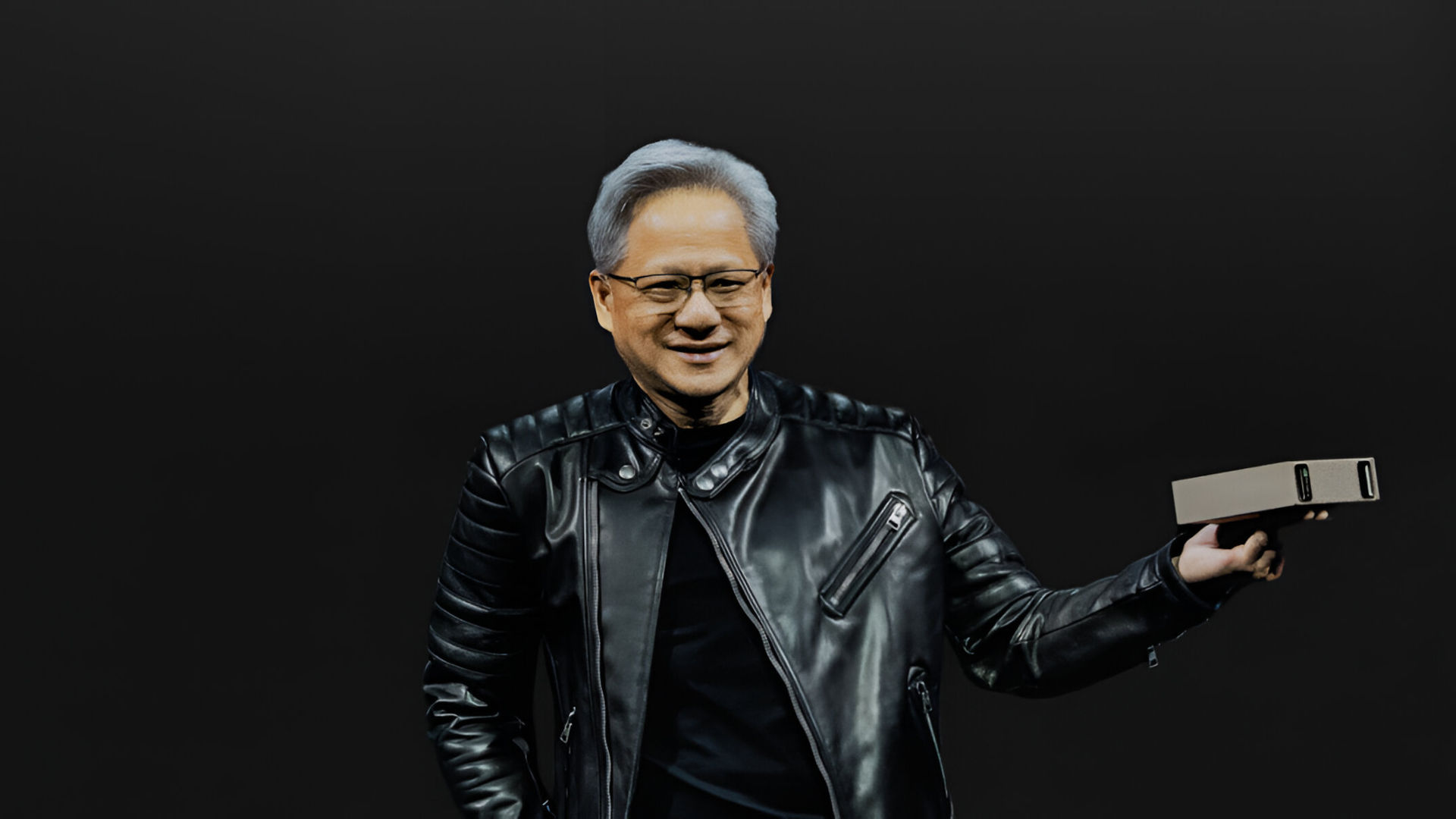
New Details About Nvidia's GB10 Superchip Reveal Intricate Partnership with MediaTek
The Nvidia GB10 superchip, integrating advanced elements from MediaTek, has sparked discussions around its complexity and performance.
Earlier this year, Nvidia introduced its DGX Spark “supercomputer on your desk,” which features an all-in-one APU named GB10. While many of its specifications were shared, crucial details were left undisclosed. Recent updates from the Hot Chips event revealed significant insights into the collaboration between Nvidia and MediaTek, particularly concerning the chip’s AI processor and its crafted design.
Several media outlets have been analyzing conference data, such as the German site HardwareLuxx, which provided an overview of the GB10 Grace Blackwell Superchip’s structure:
“More details on the GB10 Grace Blackwell Superchip by @NVIDIAAI as shown at @hotchipsorg #HC2025- S-Dielet/S-Die (CPU, Memory Subsystem, etc.)- G-Dielet/G-Die (Blackwell-GPU)- TSMC 3nm (both)- Advanced 2.5D Packaging- 256b LPDDR5X-9400 (301 GB/s)”
Complex Structure
The GB10 employs a chiplet/dielet architecture. The main chiplet (S-die) modifies a MediaTek design, housing CPU cores alongside memory systems, while the GPU chiplet (G-die) utilizes technology similar to the robust GB100 AI processor.
Communication between the two components relies on a custom chip-2-chip interface, developed by Nvidia, which leverages its NVLink system, capable of attaining a 600 GB/s bidirectional connection speed.
Collaboration Insights
Industry-standard interfaces and protocols were vital for ensuring all components could work harmoniously. This cooperative effort required substantial investments in testing, software, and firmware integrations between Nvidia and MediaTek.
Pricing Perspective
This intricate design plays a part in the DGX Spark’s high price tag of $4,000, particularly when compared to AMD’s own Strix Halo APU, which offers similar functionalities at a lower cost due to a more straightforward development process. Aspects like the GPU’s last-level cache also highlight the complexities of the GB10 design.
In summary, while Nvidia’s GB10 promises impressive capabilities, its commercial viability remains uncertain, especially as both Qualcomm and Microsoft attempt to challenge the conventional x86 architecture in the PC market.
